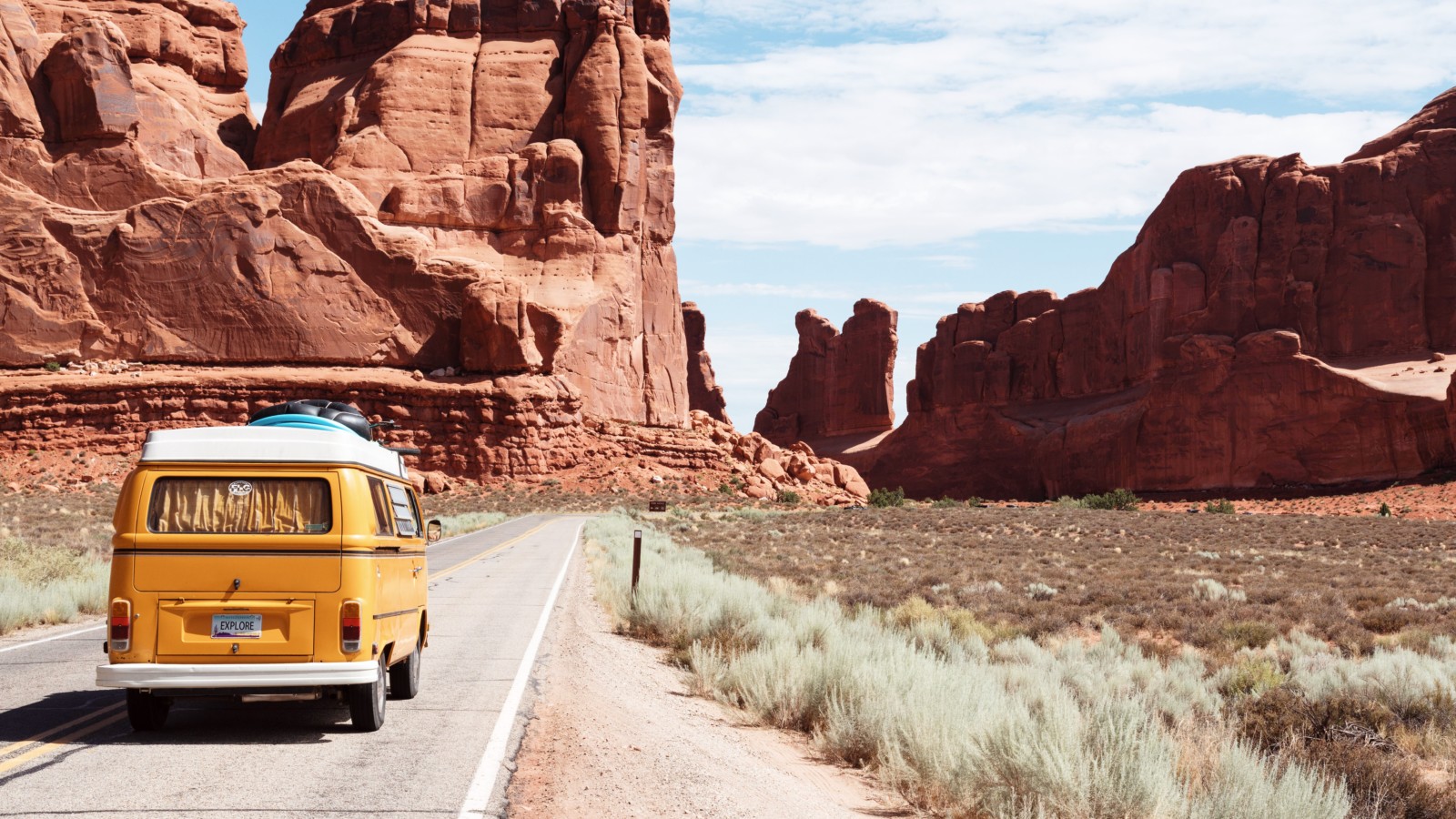It’s a claim, yes: Did you cope with anxiety with meditation, yoga, and adventure travel? It sounds too good to be true. In truth, there have been many other lifestyle tweaks and other small changes I’ve made here and there but for the most part, these practices have been the most significant to my success.
The main therapeutic effect of travel is to rediscover the ability to marvel and to be open to new experiences. Adventure travel is popular in the world. It offers a photo hunt for whales and penguins from a ship in the Antarctic, the conquest of Jomolungma, jeep safaris in the Serengeti National Park in Tanzania, and race cars on the Formula Formula track.
There is no single system for creating adventure tours. It is commonly referred to as a commercial trip in a natural environment with active means of transportation. Adventure, in the understanding of modern tourism, is a departure from routine, an encounter with something new and unusual.
Like most of us, the experiences of my childhood helped shape the person I grew up to be, but there was also a strong genetic component. Anxiety runs in my family. My children have it, my mother had it, her mother had it, and I suspect it went on up the line. It wasn’t until I learned to meditate, and put it into regular daily practice, that anxiety began to loosen its grip on me.
The most amazing thing is that it happened organically; I didn’t have to shell out for hours of therapy or pop a bunch of pills. Meditation has been about surrendering to the higher power within me. The simple act of sitting in silence and connecting to my inner healer was enough to start the shift.
Our essential nature is already whole and perfect. All we need to do is tap into that eternal self that is the ground state of our being. That connection to spirit is the root of all healing and happiness. When we tap into our essential self through regular daily meditation we can transcend the ego-self and find wholeness.
Once I made meditation a routine, I then added a daily yoga practice–and when I say daily, I mean daily. I’ve learned that it’s crucial for me to fit in at least 20 minutes of yoga asana practice per day, and 15 to 30 minutes twice per day of meditation in order to feel my best–emotionally, physically, and spiritually.
I can hear you saying, “That’s great that you have all that free time to practice meditation and yoga, but I’m very busy and have a full-time job.” Trust me, I also work and have life commitments like anyone else. But I have made my physical, mental, emotional, and spiritual health a priority. And you can too. It just takes a little creative planning. Fit in what you can, when you can. As I tell my meditation students, something is always better than nothing. If you can only fit in 10 minutes of meditation and a few sun salutations, do that.
Now, getting down to brass tacks, there are a few things to keep in mind when beginning any new wellness program. First of all, if you want to be successful, it’s vital to receive proper instruction from a qualified instructor. That goes for meditation as well as yoga. The number one reason people are unsuccessful when learning to meditate is improper technique and the absence of proper instruction and guidance from a qualified instructor when they inevitably have questions or other hurdles. My recommendation is to find a qualified teacher in your area. The great thing about having an instructor is that, when questions come up (and they will), you will have support in place to ensure a successful practice.
The same is true for yoga. Find a style of yoga, studio, and instructor(s) you feel comfortable with, and make a commitment to attend regularly. Experiment with different styles, teachers, and studios. Find what you like. If you’re not happy with one place, try another. Yoga teachers vary greatly in personality and teaching style. Like anything else, you may have to kiss a few frogs in order to find a good fit.
If you don’t have the time or money for classes, there are some great online classes you can take. The great thing about online yoga is the flexibility; it’s easy to incorporate them into your schedule. Youtube is a great resource for free yoga. If you are going to create your own practice at home, I recommend at least attending a few classes first to make certain you don’t have any major underlying alignment issues.
If you struggle with anxiety I really urge you to check it out for yourself. Find what works for you, and make a personal commitment to yourself. It may just change your life.


